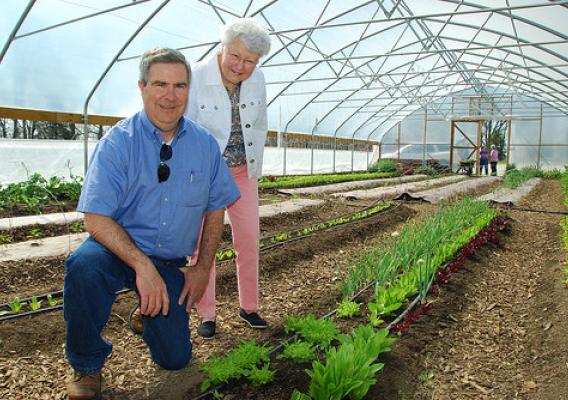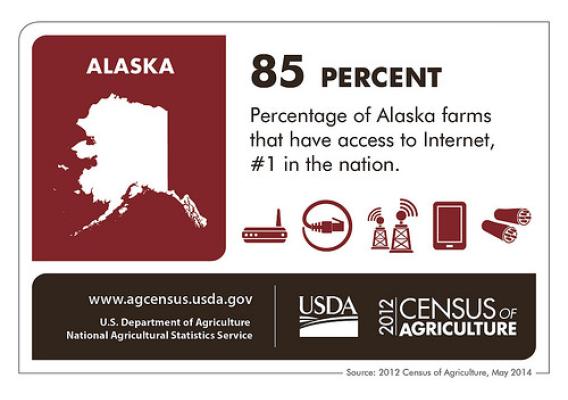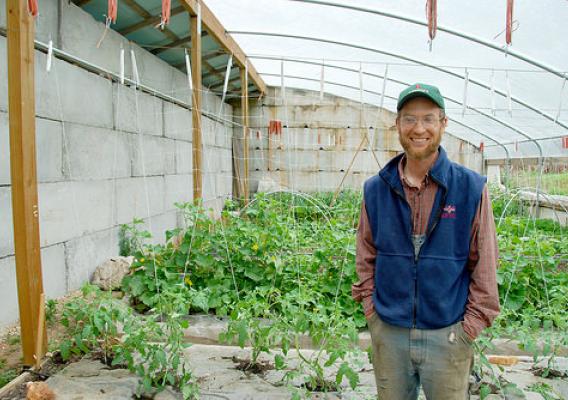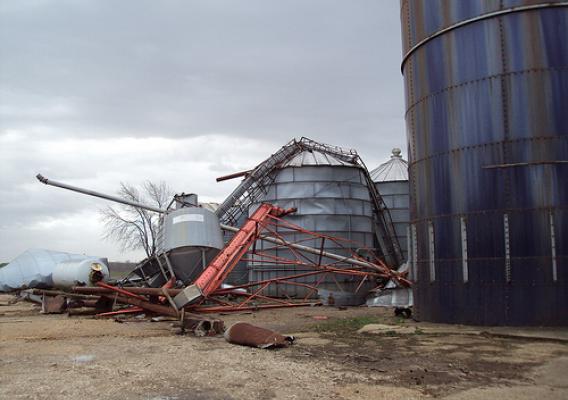The Census of Agriculture is the most complete account of U.S. farms and ranches and the people who operate them. Every Thursday USDA’s National Agricultural Statistics Service will highlight new Census data and the power of the information to shape the future of American agriculture.
Alaska may be the largest state in the United States, but due to our geographic location, our farmers have an extremely short growing season. On average, Alaskan farmers only have about 105 growing days in a year according to the University of Alaska Fairbanks, which limits what types of crops we can grow, in comparison with about 198 days in northwestern Missouri, according to NOAA.
Despite the length of our growing season, according to the 2012 Census of Agriculture, there are 762 farms in Alaska, up 11 percent from the last Census, conducted in 2007. Nearly 834,000 acres of our land is dedicated to farming and ranching. In 2012, Alaskan farms produced nearly $59 million worth of agriculture products. By the way, nearly a third of all of the farms in Alaska are run by women, significantly outpacing the national percentage.









